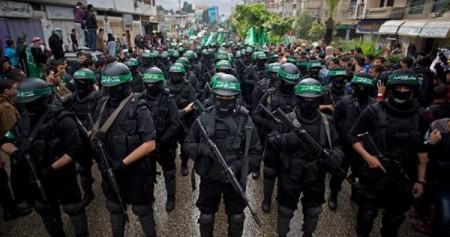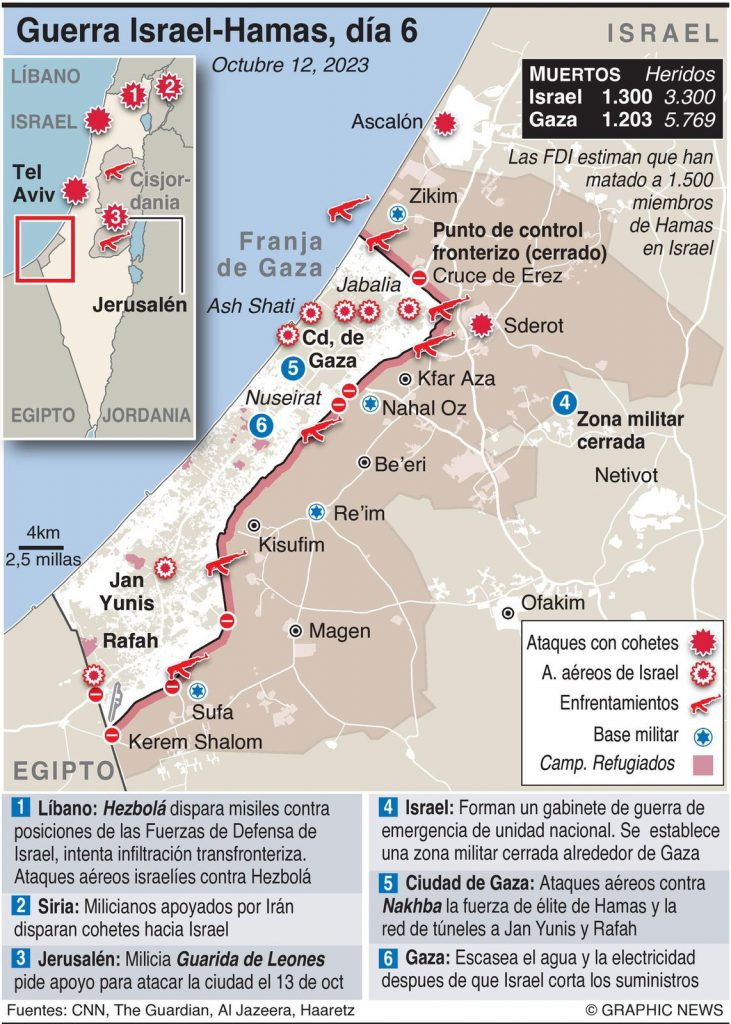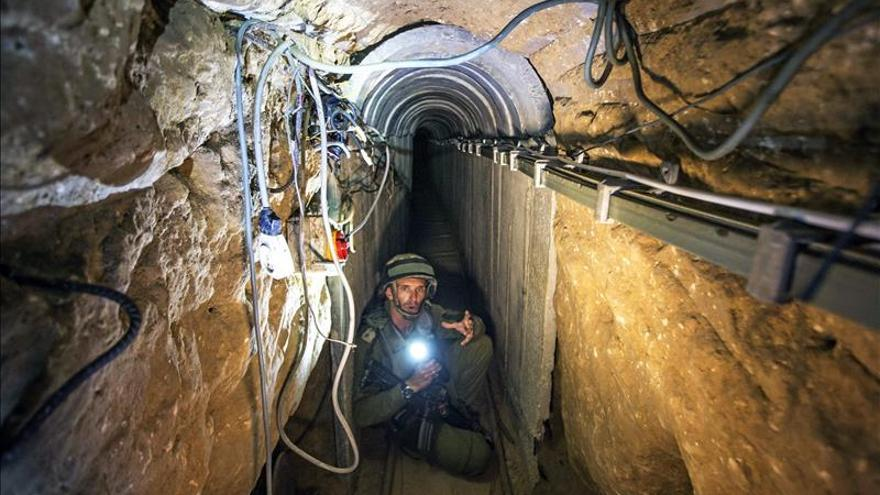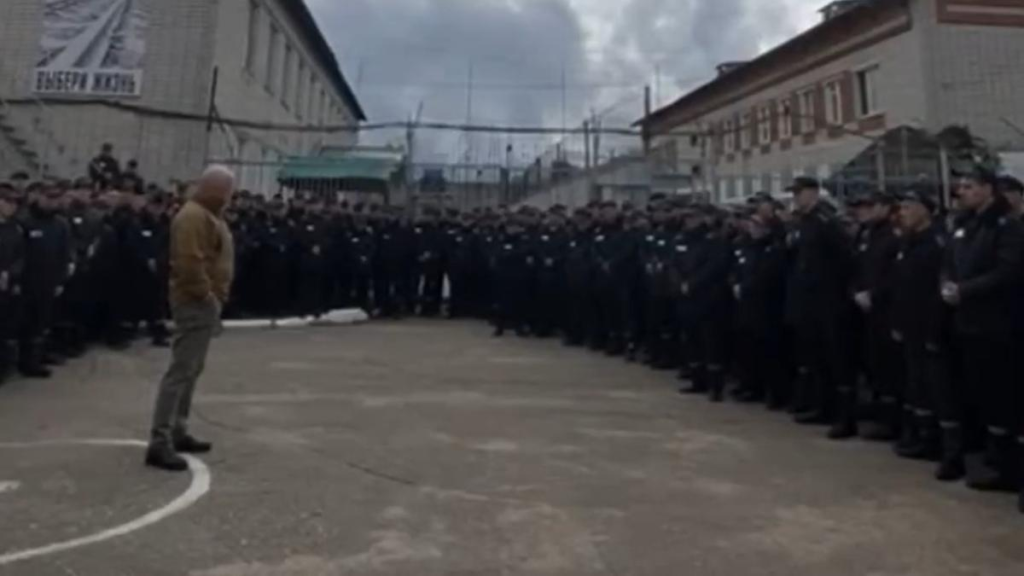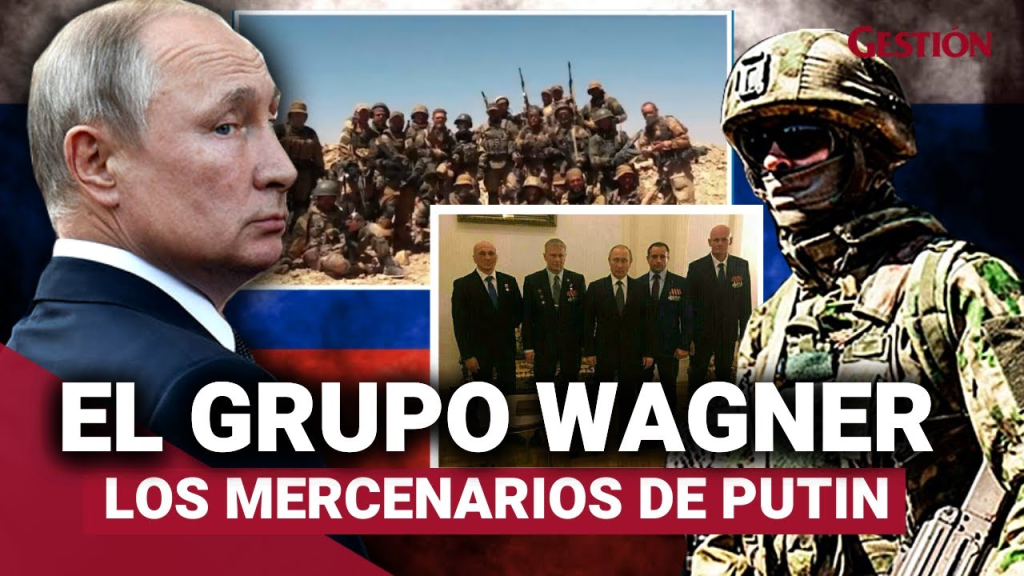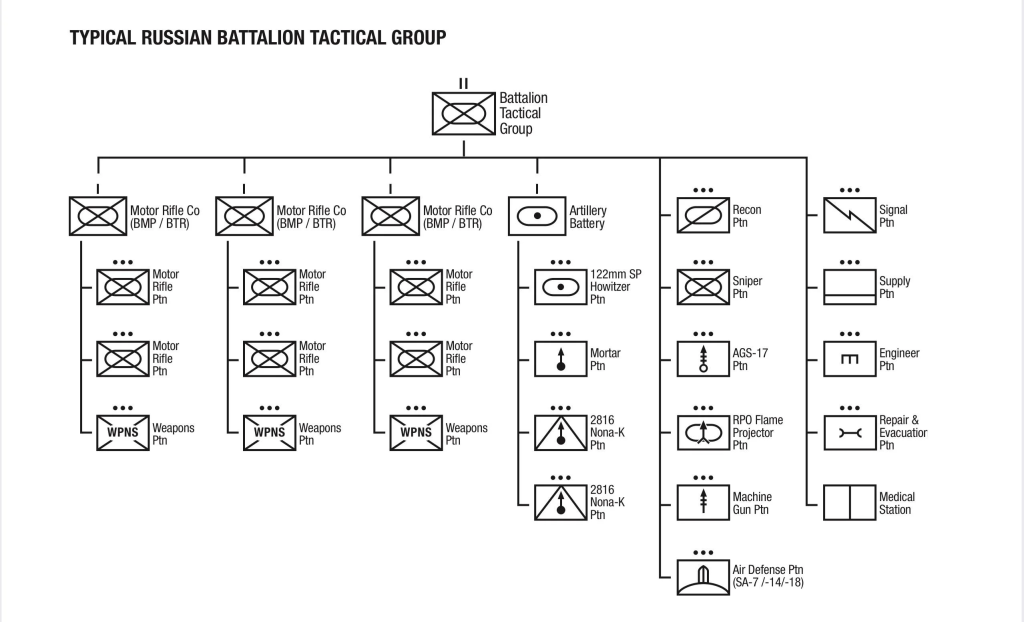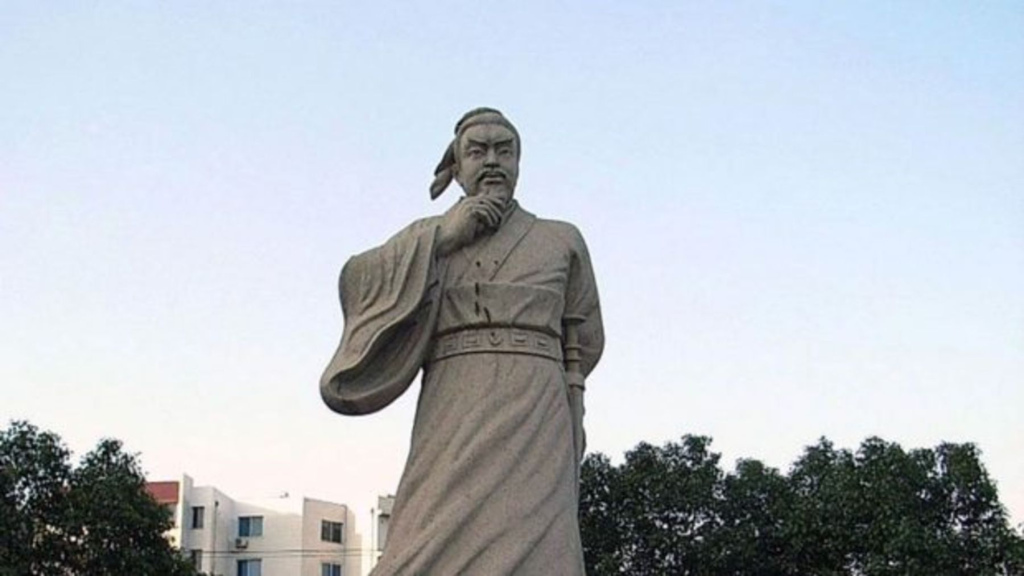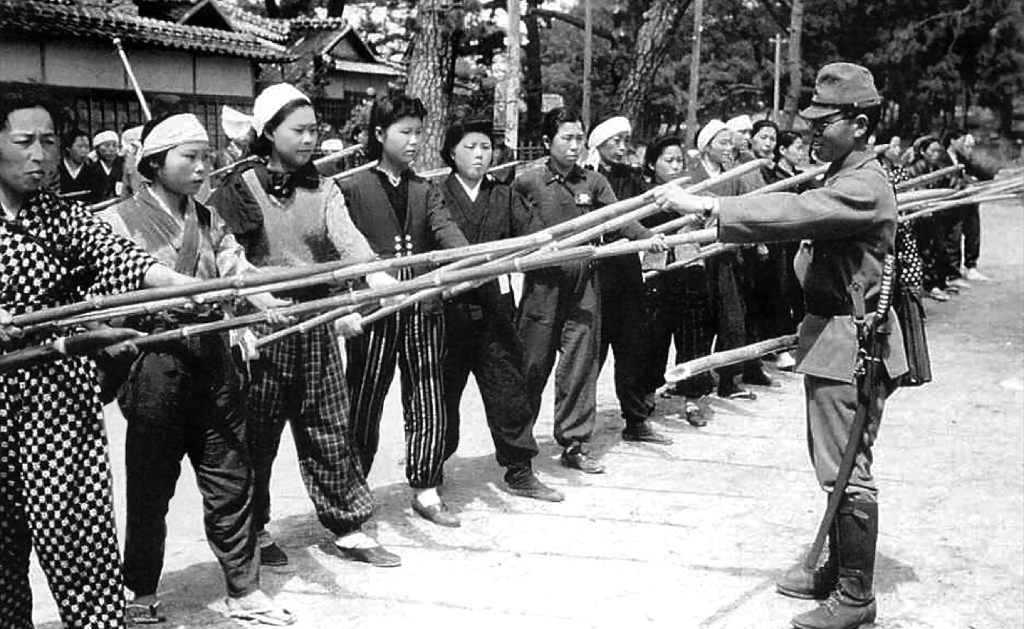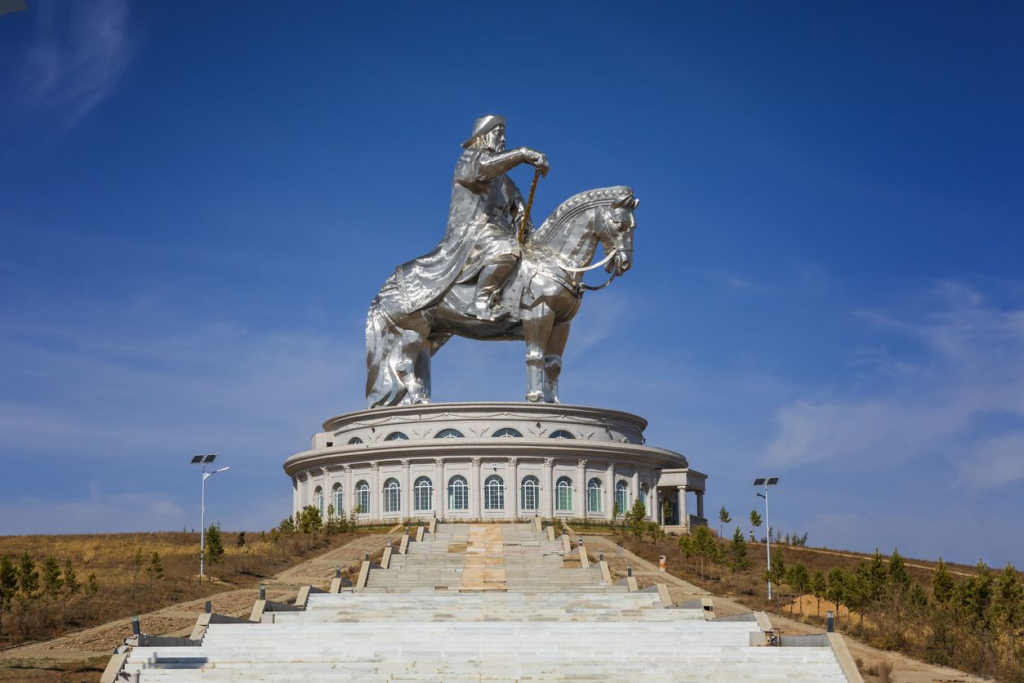Introduction.
The action interface is a spatial concept that defines the zone and space where we develop violent action against the enemy and his means, following tactical criteria adapted to the nature of our objectives. The effective action factor in the action interfaces is the combined arms or inter-arms system.
In a penetrating attack, for example, the surface of the interfaces is quantitatively limited and these are selected in the enemy’s depth, according to their critical points and those that hinder the advance of our forces, for example, observatories and anti-tank firing points. In defense, we quantitatively increase the potential interfaces in our depth and in a somewhat laminar way.
The interface is what makes tactical action and the destruction of the enemy possible, applying a pure, chosen, selective and favorable attrition. The absence of interfaces, on the contrary, gives a certain security to any force. With the presence of the enemy, even close by, being a threat.
The interface is not only linear or frontal and with the depth of the range of heavy infantry weapons and tanks. But is extended superficially and spatially by the action of indirect artillery, surface destruction means (reactive artillery) and combat and bombing aircraft. The smaller the interface in an area of operations, the more the operational maneuver criterion will work and in a larger interface. We will seek from advantageous positions and with effective and synergistic means (combined or inter-arms) to annihilate (incapacitate) the enemy.
The speed of exchange (actions and effects) in the interface is qualitatively variable and is conditioned by the transitability of the terrain and by the nature of our intention. In the attack we seek the fluidity of tactical actions. In defense, we wish to add a thickening to them, which will help us break the enemy in front of the front limit of the defense position and in the various ambushes and prepared fire pockets, both main and alternative as well as supplementary, preferably before their irruption.
In the interfaces there are certain critical points, where our tactical interaction with the enemy will be especially effective. These are their tactical vulnerabilities, their gaps in protection or combat capacity or their neglected means of defense, even if they are only so for a time. Combat reconnaissance is essential to detect them and it is the tactical leader’s mission to decide which one or ones to act on, seeking in the tactical decision, the operational significance of the higher command.
Combat capacity is applied on an interface with a variable depth depending on the weapons. Combat capacity has a maximum, useful, relatively stable value for the different weapons or weapon systems, which we can measure in men per meter of action interface.
For the shock, for example, it is not possible to use more than one man per 1.5 ms. of contact interface. For rifle fire, considering a platoon of 50 men useful for about 300 ms of interface, its value drops from 0.6 to 0.15 men per m. of front. Artillery would produce a blinding, disruptive, neutralizing or destructive effect, added to the action in the interface, but complementary to it and never a substitute. Machine gun fire would not substantially lower the proportion, since its fire “equivalent” to that of a certain number of infantry, depending on the terrain and its ability to acquire targets, in rapid fire of 15 rounds per minute and marksman.
Development.
However, from the wars of antiquity to the wars of the 1980s, dispersion has increased from a proportional value of 1 to 5,000 on the battlefield or tactical field. For modern static organized defense, it is equivalent to a battalion of 750 men in 3 km2. Mobile or nuclear defense can triple that surface. This dispersion has emptied the battlefield, now covered by direct fire and indirect fire support, and has allowed the operational terrain of large units to be greatly deepened, up to 50 to 75 km.
An obstruction, a gorge, a river in which the interface was reduced or altered, would limit the real possibilities of the attacker and greatly empower the defender. Thus, the defensive battle of King Leonidas in the Thermopylae gorge would be an example of containment of overwhelmingly superior forces, due to the absolute limitation of the interface of action between the Persian and Spartan armies and not being able to apply it to the critical Greek centers, for example, an exposed flank, until a shepherd served as a guide to a Persian contingent to reach it.
All this operational complication simultaneously makes most of the forces employed in an action unproductive or inactive at a given time.
Given that there is this practical limitation to the use of our available combat capacity, due to the disproportion between tactical space and combat interface, the issue of achieving the maximum application of our force arises.
To achieve this we must:
Increase as much as possible our favorable interfaces with the enemy, especially on the weak and critical points of his deployment; adequately rotate the units in tactical contact; maintain an adequate space for maneuver in our tactical rear, which allows us to push forward the necessary spears of attack or maintain the different possible defensive interfaces in the face of enemy irruption or penetration.
And employ each weapon in the most favorable possible interface of action:
Thus, the weight of the effort will be borne by the infantry in prepared attacks against an enemy ready to repel (for example, an anti-tank front), at long advance distances and in terrain with limited visual control, such as forests, built-up areas and broken terrain, with the tanks supporting them with fire and advancing by covered jumps. The tanks can go ahead in encounter attacks, in slightly undulating terrain and if the enemy has a poorer combat readiness, but taking care that the infantry closes the distance quickly. For short distances, we use the joint attack in the same sector; both weapons can advance from different positions in a convergent attack in encounter combats and in enveloping combats, the synchronization of both being fundamental. Inside the enemy position, the tanks attack the firing positions with their fire and the infantry clears the positions from their flanks.
It is also possible to structurally increase our favorable action interfaces with the enemy.
This is achieved in the attack by breaking through and penetrating favorable sectors and always by encirclement, reversal of fronts and encirclement and by coordinated frontal and overflow pursuit. The attacker’s successive echelons can, in turn, create a favorable action interface against an enemy that is not sufficiently defended, for example, artillery positions or communication centers or logistics parks, and also by a flank attack from our depth with mechanized or armored units, on an enemy counterattack against our penetration.
In the defense, the opposite will occur. The breach of the defense zone, even if it is mobile, will be avoided by increasing the possible unfavorable interfaces for the enemy along its «range».
This is achieved by the echelon in depth of active defensive means and by their preferential placement on the counter-slopes, in covered, hidden, preferably flanking, alternative and supplementary positions and received by a local infantry defense and seeking good and intersecting firing sectors. Also by the increase in interceptions (reinforced cuts, quickly placed minefields, natural obstacles more or less perpendicular to their sectors of advance) defended by fire, which channel the attack towards zones of convergent fire or which delay and erode it. And, finally, by the timely use of local counter-shocks and counter-attacks by mobile or, at least, rapid, tactical or operational reserves. These constitute the extraordinary and unexpected force that acts on enemy vulnerability, which is then in disorganization, dispersion and neutral morale before the consolidation of its gains from the attack.
The effective action factor in the action interfaces is the combined arms or inter-arms system. Each of them individually presents “action characteristics” and more convenient transitability, which give them a preferable target profile and tactical deployment qualities, from whose combination in the system arises the synergy of the whole.
(To be continued)




